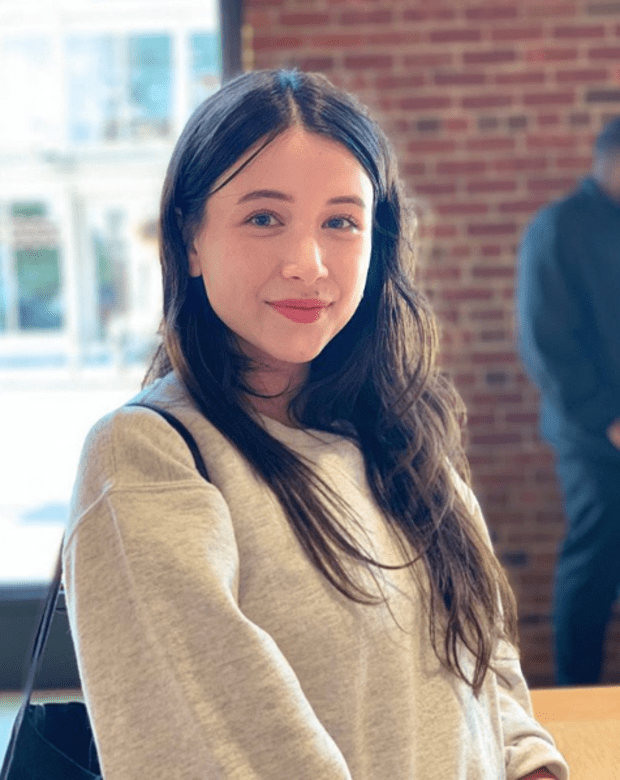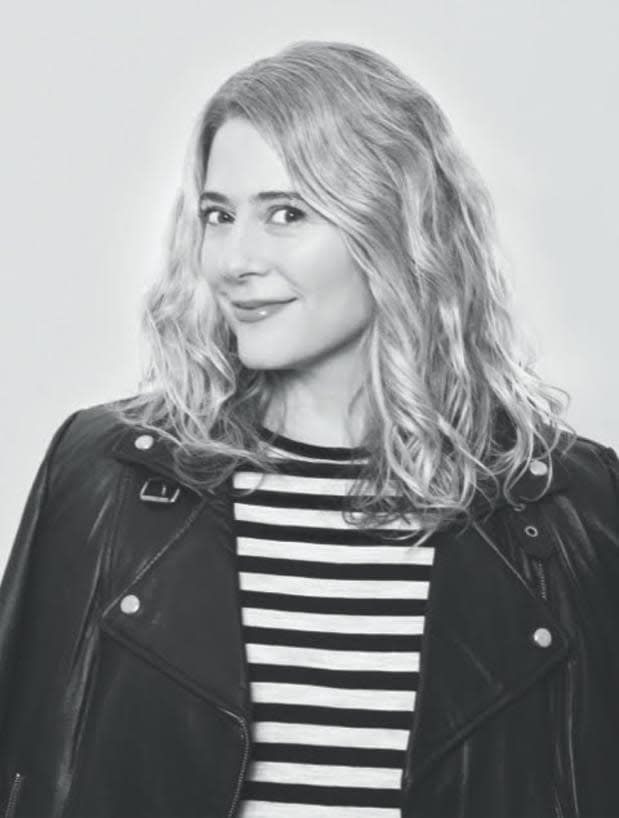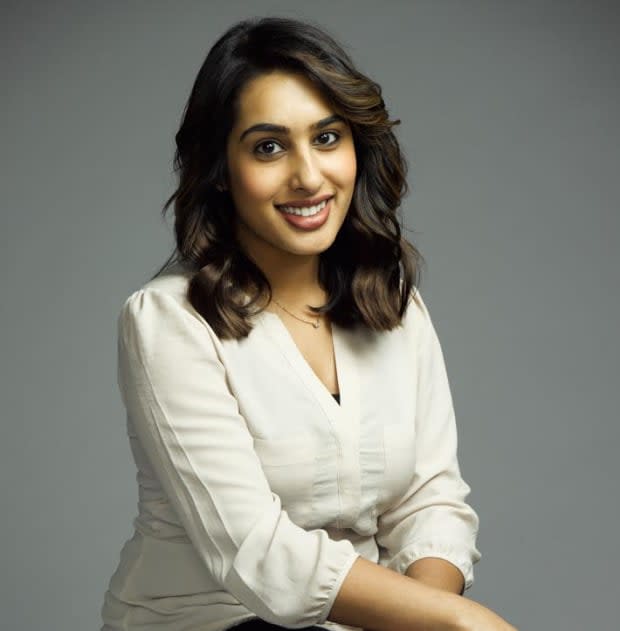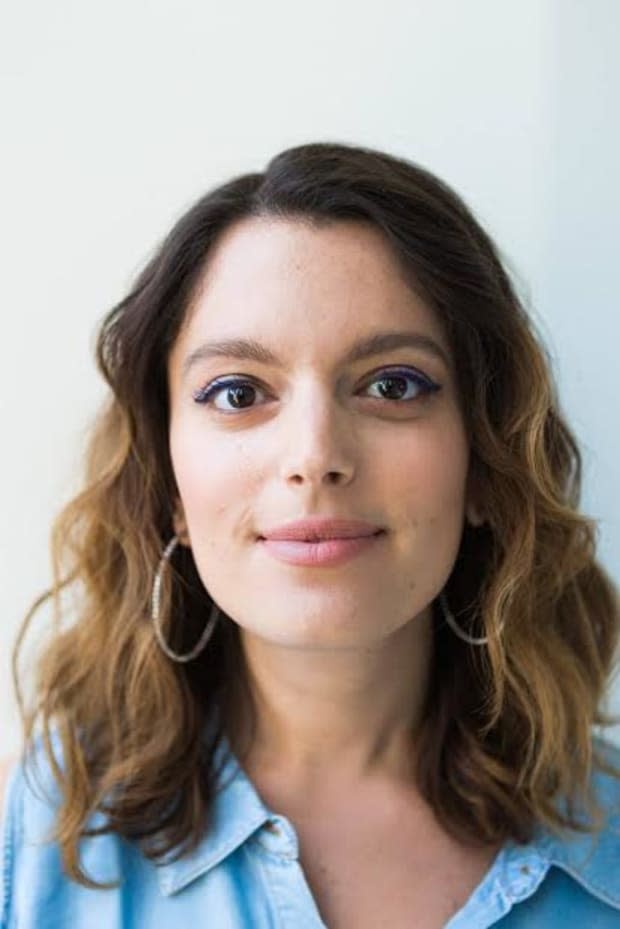From Beauty Editor to Beauty Brand: Why I Made the Jump
Four former editors who now work on the brand side of the industry share their insights and advice in part two of our two-part series.
Welcome to Career Week! While we always make career-focused content a priority on Fashionista, we thought spring would be a good time to give you an extra helping of tips and tricks on how to make it in the fashion and beauty industries.
Over the past several years, as the media landscape has become less certain and its future less clear, much the opposite has happened in the beauty industry: It's absolutely thriving. Established, legacy beauty companies are doing well, yes, but with the rise of social media and digital commerce, the market has also seen a democratization that's allowed small startups and indie companies to reach consumers and amass their own sizable followings. The beauty industry is arguably more rife with opportunity than ever before.
These dual shifts have led to a (tidal, some might say) wave of editors leaving their posts to join the very beauty brands about which they've spent years writing. And it makes sense: As brands strive to reach consumers through their own channels with quality content, authentic messaging, impeccably curated and formulated products and an expert point of view, who better to deliver on those goals than the people who have spent their careers trying it all, sorting through the BS and shtick and honing their ability to not sound like a press release or advertisement?
In part two of our two-part Career Week series, four former editors — who once worked for publications like Allure, Harper's Bazaar, InStyle and Teen Vogue, and now hold positions at brands like Supergoop, Surratt, Beautyblender and Milk Makeup — share their wisdom about making the jump. (You can read part one here.)
Renee Jacques, Creative Content Strategist, Supergoop

Her career path: I got my undergraduate [degree] at FSU, where I was the news editor of the school paper. Then I moved to New York City to pursue my Masters in Journalism at NYU; while there, I got an internship at The Huffington Post in the style and beauty section before moving on to Allure as a digital editor. After that, I branched into the brand world and started as the content manager at Soko Glam. From there I did some freelance content marketing for Catbird and Away before landing where I am now, the creative content strategist at Supergoop.
How she decided to make the jump: I was offered the role at Soko Glam when I was freelance writing for editorial sites; I had a friendly relationship with Charlotte Cho, the founder of Soko Glam, from my experience working at Allure. I started writing articles for the brand's blog, The Klog, and after a bit, Charlotte told me about an opening for the content manager position. It seemed like a natural fit, given that I knew a lot about K-beauty and skin care from my years as a beauty editor. I was there for about two years and then I joined Supergoop at the end of last year. I was really excited to help such an established brand develop and execute its content strategy.
Her role at Supergoop: As the creative content strategist at Supergoop, I oversee the brand's newly launched editorial site, The Bright Side, and help create all content-based assets for the brand, whether that's video, photos, articles or social and digital ad content.
How her editorial background prepared her for the brand side: I was able to jump right in on coming up with ideas, writing well-researched articles and editing content submitted by freelancers.
Why she chose Supergoop: Ever since I worked at Allure, I'd been impressed with Supergoop's innovative approach to sunscreen and [Supergoop founder] Holly [Thaggard]'s down-to-earth philosophy. I wasn't really looking for another full-time job when I found out about this role, but after meeting the team and seeing how awesome and welcoming the culture is, I felt confident that it would be the right company.
I was also super excited at the prospect of launching creative content at a brand that has such a positive voice. I feel like the beauty industry can tend to have a sort of insider-y attitude, but I love how Supergoop makes everyone feel included.
What the learning curve was like: The transition from editorial to brand has been a mix of challenging and satisfying. I had to learn marketing skills and techniques on the fly, but it's awesome to see my editorial lens being used for new content approaches that help drive revenue and traffic.
What she's learned about the industry working for a brand: I think the coolest thing is how far one good piece of content can go when you work at a brand. It's amazing to see campaigns thrive in multiple channels for the brand, from social to ads to SEO, and ultimately, conversion. The best feeling is when customers or followers reach out and say that a certain video or article resonated with them.
How she thinks beauty brands stand to benefit from hiring former editors: People with editorial backgrounds can bring a more human, real aspect to content. Since I don't come from a marketing background, I like to create content that's less brand-focused and more educational and advice-driven.
Her advice for editors considering moving to a brand: Go into the job with an extremely open mind and attitude and be prepared to learn and absorb new things almost every day. Also, brush up on your SEO knowledge!
Her advice for brands looking to add those with editorial experience to their staff: Be open to trying new ideas and taking risks on that may go against traditional marketing "best practices."
Anne-Marie Guarnieri, Director of Communications, Surratt

Her career path: I had a 15-year run as a senior-level beauty editor at media companies, both in print and digital, including Allure, Refinery29 and Harper's Bazaar. I worked my way up to deputy beauty director (with a stint as an editor-in-chief — RIP, xoVain!).
How she decided to make the jump: By late 2015/early 2016, things were changing quickly — teams were shrinking and consolidating, friends were getting laid off, the pivot to video was happening. Listen, I'm from a steel mill town in Northeast Ohio — everything I did up to that point exceeded all the dreams I imagined for myself when I first got into this business, but it was definitely time to try something new.
Several large beauty brands reached out to me. They wanted some of the special sauce they thought I could cook up based on my [editorial] work. The people were so enthusiastic, and they liked my ideas, which was validating, but though they acknowledged that their brand needed a refresh of some kind, they weren't actually able to make many changes, and anything they did want to change would require many layers of approvals — more even than in editorial. These meetings were super educational, though. They helped me realize that I'd probably be happier and more effective helping make big changes at a smaller, growing brand rather than making small changes at a larger, established one.
Her role at Surratt: My title is Director of Communications. Generally that title reflects a more PR-focused role, and though I do support PR and influencer relations both internally and through our external agency partner, it's not my primary focus. I create, produce or collaborate on all the brand messaging and visual creative — photo shoots, video shoots, casting, makeup artists, social imagery, product descriptions and releases, collateral for retailers, marketing assets, packaging, display units, website content and so on.
How she chose Surratt: I joke that I interned for this job. I met Surratt's founders back when I was an editor at Allure, and we kept in touch. A few years later when I was doing some freelancing, they hired me to help get Surratt ready for launch. Fast forward to the end of 2017 — Surratt got an investment, which meant the brand could hire a team, and I was asked to consider coming in-house. What sold me was that Joyce Avalon, Surratt's president and my boss, said the role would be whatever I wanted to make it. I wasn't being offered that kind of freedom or flexibility at other brands, so it was a relatively easy choice.
Her advice for editors considering moving to a brand: I was a mentor at Hearst, and I'll give the advice I gave to my mentee, who made her own leap from the editorial to the brand side this past year: Use your network and ask if someone at a brand you're interested in can help you get an informational interview — all the better if there's an opening you might be qualified for.
If the brand isn't in your network, ask around until you find someone who has it in their network, and see if they're open to helping you make a connection. Be patient — everyone is busy, and doing informational interviews isn't always at the top of the priority list. But I've found that people in this business are generous with their time.
Sheryl George, Head of Copy, Beautyblender

Her career path: I interned at a variety of publications like Cosmopolitan, Glamour and InStyle before working my way from beauty assistant to editor at InStyle. I was on the editorial team for eight years and over the course of time, I worked both on print and digital.
How she decided to make the jump: I had been at InStyle for a long time — I worked with an incredible team, but I was ready for the next step in my career. I wanted to stay within beauty and writing and I started to notice that a lot more brands were looking for a more editorial voice and focus, which seemed like a perfect new challenge.
Her role at Beautyblender: I'm the head of copy at Beautyblender, so I oversee our voice, from our packaging, press and influencer mailers to our visual merchandising displays and product detail pages.
Why she chose Beautyblender: Beautyblender has been such a game-changer in the industry and I've always had an incredible amount of respect for the founder, Rea Ann [Silva], and her vision. Also, it's a fun brand! The voice is playful and we try not to take ourselves too seriously.
How she thinks beauty brands stand to benefit from hiring former editors: I think an editorial background helps you market content in a way that seems authentic. Editors are also great storytellers, so that transfers to brand storytelling.
Emily Gaynor, Editorial Creative Director, Milk Makeup

Her career path: I interned in beauty at Teen Vogue under Eva Chen when I was studying at NYU. I double majored in journalism and French, and I chose New York for school with a one-track mindset that I wanted to work in magazines. After college, I worked as a beauty assistant at Glamour and Lucky. Next, I moved back to Teen Vogue as an assistant beauty editor, and then to digital as beauty editor.
How she decided to make the jump: I really had only envisioned myself in magazines, so moving to a brand wasn't on my radar until about a year before I made the jump. The editorial landscape was changing so much; I adapted with the times but also craved something different. I wanted to stay in beauty because I love it and had built my career around it, so I turned my attention toward brands.
I knew that I wanted to be part of a brand that was up-and-coming, with a lot of creative and editorial freedom. Milk Makeup was at the top of my list because I've always been fascinated by what goes on at Milk Studios. The timing worked out and the editorial director role opened just as I really began thinking about changing paths, so I jumped at the opportunity and got the job.
Her role at Milk Makeup: I oversee all editorial for the brand. That looks like: establishing our brand voice and tone, creating editorial concepts for our photo shoots, helping to position our products by writing names and descriptions, supplying all the copy for our own brand website as well as our pages on Sephora.com, writing the copy for our gondola at Sephora, doing the words for posters and collateral that you'd see at one of our events or in one of our product sends, providing SEO and SEM copy, overseeing our email newsletter copy, writing educational material for our field team at Sephora, liaising with customer service, and a lot more. No day is the same and new projects pop up all the time. I'm also the editor for our editorial platform, Vibes.
How her editorial background prepared her for the brand side: My years in magazine editorial are the reason I'm able to handle the volume of work. My attention to detail and love of writing/editing absolutely came from my years under amazing mentors in magazines like Jean Godfrey-June, Elaine Welteroth, Phill Picardi and Eva Chen. I learned from the best.
My two years in digital also helped me prepare for the pace. I don’t think I’d ever been as "on" as I was during my time at TeenVogue.com, so now, juggling doesn't feel so daunting.
Why she chose Milk Makeup: My friend and peer, Sue Williamson, was the first editorial director at Milk Makeup. When she was leaving, I heard the role was opening, and I jumped on it. I already loved Milk Makeup: I used the products, was obsessed with the creative direction and truly unique campaigns and tried to hang out at the Studios any chance I could. So, it felt like a very seamless transition.
What the learning curve was like: There was definitely a period of transition. I really learned a lot about marketing and thinking about selling a product, which wasn't something I necessarily had prepared for. But I love the business aspect and have a newfound interest in the strategy that goes into brand planning. It's exciting to craft the words that are going to excite a customer.
What she's learned about the industry working for a brand: As an editor, I had a lot of access to every single beauty brand. It was obviously exciting getting to be on the pulse of all of these amazing beauty moments. However, after a while I almost became numb or weirdly apathetic to the constant stream [of new launches]. Now, I realize how much work goes into every single product launch.
Looking back, I didn't really think from a brand perspective. It'd be cool to have the insight I have now from the brand side as a magazine editor. I definitely think I would look at how I write about beauty products differently, knowing the months and sometimes years that go into turning out one single product.
Her advice for editors considering moving to a brand: Go for it. It's going to be different — you'll go from writing neutrally about many things to becoming very loyal to this one idea. It really helps if you believe in the brand and the product you're writing about. Look at different brands and how they speak to their audience in all the avenues: on their sites, on social, in campaigns.
Her advice for brands looking to add those with editorial experience to their staff: If you look at customer trends today, people are looking to brands that take a stand and tell a story beyond just selling products. Having people with editorial experience helps brands look at what's going on in the cultural landscape and carve out their space in it.
The above interviews have been edited and condensed.
Never miss the latest fashion industry news. Sign up for the Fashionista daily newsletter.
